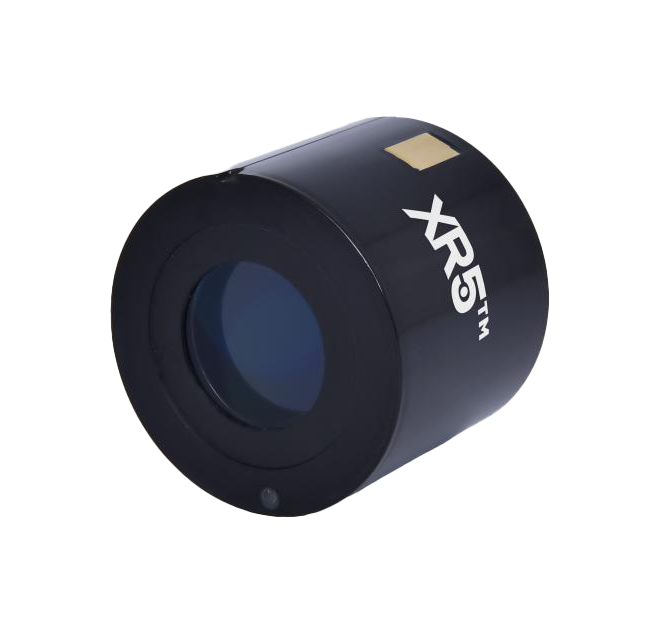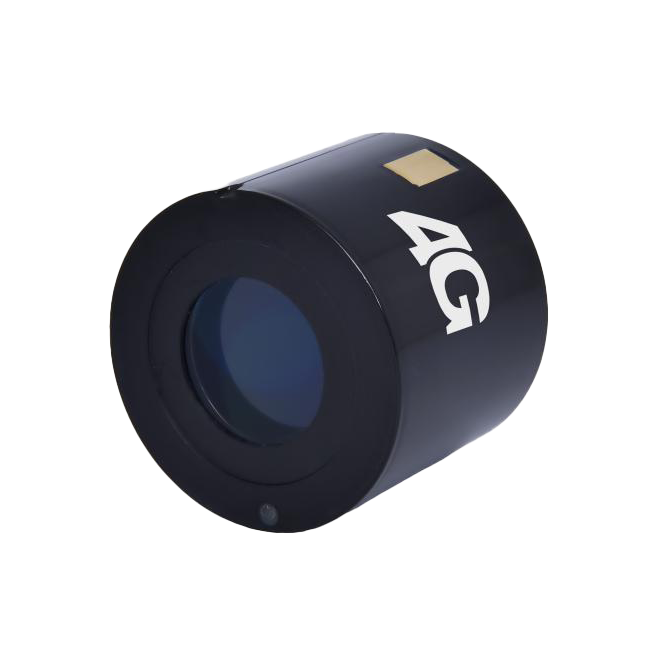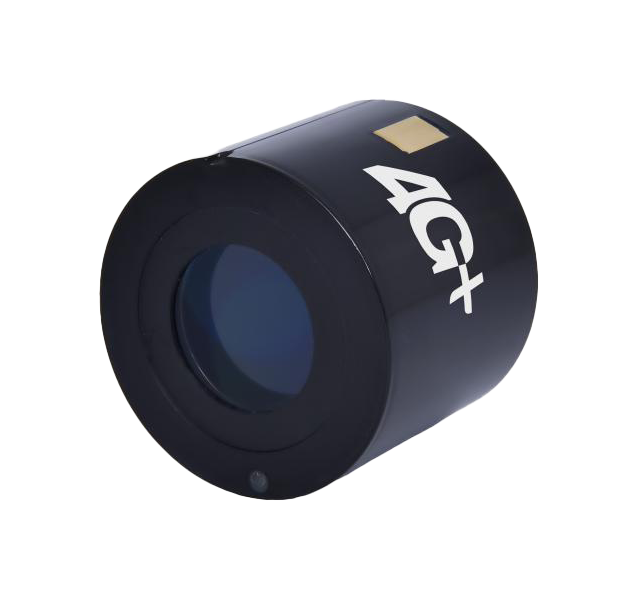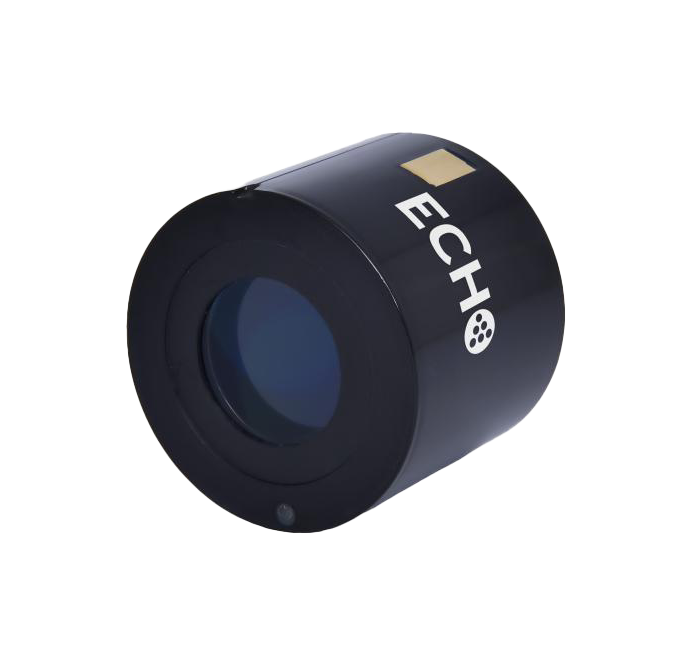Enhancing Night Vision for Critical Operations
Night vision allows safe operation in low-light conditions. High-quality image intensifier tubes (IITs) are essential for the best night vision images. Therefore, it’s crucial to choose good night vision goggles equipped with top-notch IITs.
IITs amplify low-light images from natural sources like starlight and moonlight, and artificial sources such as streetlights and infrared illuminators. They enhance existing light thousands of times, producing clearer, brighter images.
Night vision is vital in modern warfare, with many operations conducted in darkness. Penlink offers a range of IITs to meet specific mission needs, ensuring users have the right tools.
Night Vision Devices (NVDs) are essential for combat soldiers, providing advantages in low-light environments. Their performance, reliability, and ruggedness have improved, making them easy to deploy and cost-effective to maintain.
Advancements in thermal imaging and laser optics are shaping the future of night vision. The demand for high-performance IITs is growing across military, law enforcement, and commercial sectors, highlighting the need for reliable night vision technology.
Image Intensifier Tubes For Defense Use
Image Intensifier Tubes For Civilian Applications
Technology Behind The Image Intensifier Tubes
The process of amplifying ambient light involves several key components: the photocathode, microchannel plate, and phosphor screen. Photons from incoming light are first converted into electrons by the photocathode, initiating the amplification process.
Next, these electrons are accelerated through a high-voltage circuit, creating an “electron avalanche” within the microchannel plate. The multiplied secondary electrons are then directed through an electrical field and strike the phosphor screen, where they are converted back into visible light. The resulting image is projected through the eyepiece of the night vision device.
The housing of an image intensifier tube plays a critical role in protecting its delicate internal components from external factors such as dust, moisture, and mechanical shock. Constructed from durable materials, it provides a secure environment for the intricate circuitry and optics within the tube.
For night vision devices, whether handheld goggles or weapon-mounted sights, the integration of image intensifier tubes relies on a stable power supply and precise input signals to ensure optimal performance. Consistent power is essential to maintain image clarity and reliability in the field.
Frequently Asked Questions
What is Night Vision?
Night vision enables to operate safely in night and low light conditions. Owning the best night vision equipment alone will not provide the best images. That’s why it is important to opt for a high-quality image intensifier tube (IIT) to have the best possible performance.
Over the years, night vision has become a key opto-electric technology in modern warfare as more and more operations take place by night. We offer a wide range of intensifier tubes, enabling users to find the one that will work for their specific mission or operational requirement.
What is an Image Intensifier Tube (IIT)?
An IIT is a module that intensifies, or amplifies, low light level images into levels that can be seen by the human eye. The IIT collects the existing ambient light from natural sources, such as starlight or moonlight, or from artificial sources such as street lights or infrared illuminators. The light passes through several internal components to be multiplied several thousand times, producing a much brighter image that can be seen by the soldier through the night vision device.
How does an image intensifier work?
First of all, photons (light) are converted into electrons by the photocathode. Then, they are accelerated through an electrical field and hit the microchannel plate walls to generate secondary electrons that in turn will generate more electrons into what is called an « electron avalanche ». Then, multiplied secondary electrons are accelerated through an electrical field, hit the phosphor screen layer and are converted back into light. Finally, the image is projected through the eye-piece of the night vision device.
What is the difference between night vision and infrared products?
Night vision is the ability to operate safely in night or in any environment under low light conditions. Whereas, infrared imaging products, such as thermal (LWIR) or Shortwave Infrared (SWIR) sensors, are optimized for day-through-night lighting conditions and support surveillance & security applications, industry & research projects, and mobile use.
What are the different light levels?
In night vision, we have defined 5 different light levels from 1 (full moon) to level 5 (overcast starlight) The better the image intensifier tube, the better the image quality in low light conditions.



